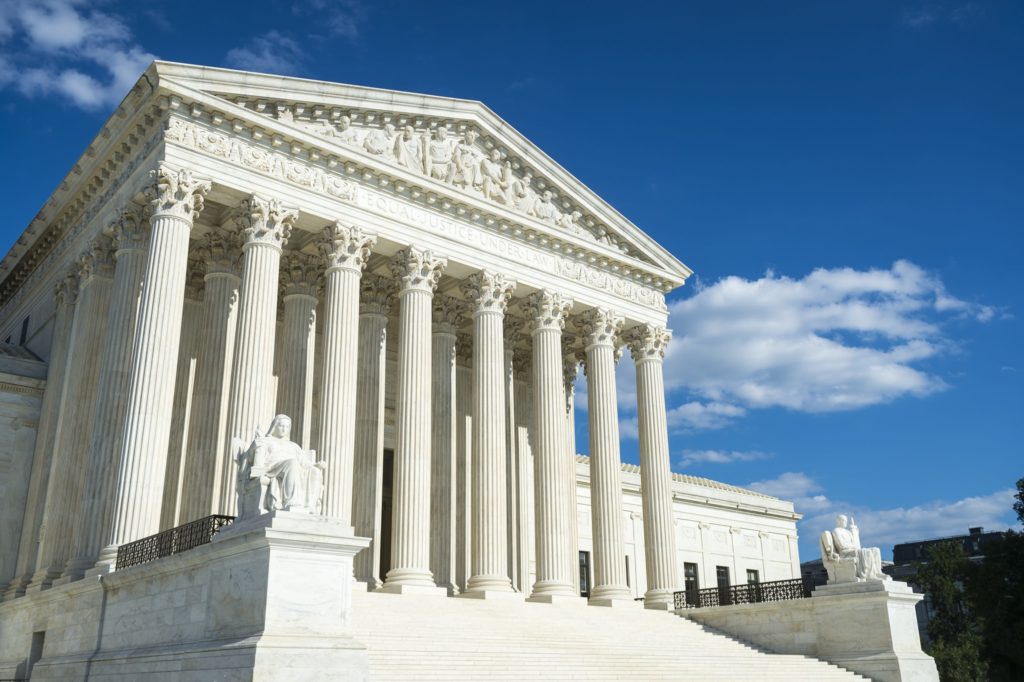Stadium subsidies: dumb idea or dumbest idea?
The multi-billionaire owner of minor league baseball’s Reno Aces (everyone’s heard of them, right?) wants city and county taxpayers to fork over $1.5 million per year to pay off construction costs for their $55 million stadium. Let’s repeat that: a man worth $2 billion wants taxpayers in Reno (where unemployment is 12%) to pay $1.5 million every year for the next three decades (a total of $45 million) to pay for the stadium his team plays in. All for a team that he bought for “only” $15 million a few years back. This is, in a word, insane.
There is almost unanimous agreement among economists and academics who have studied the issue thoroughly that taxpayer subsidies of sports stadiums provide no net economic benefit and, in fact, can be an economic drag in some circumstances. While it’s true that stadiums can concentrate economic activity in one particular neighborhood, it often does so at the expense of surrounding areas as it tends to lead to shifts in entertainment spending rather than increased entertainment spending. Journalist Neil deMause wrote about this phenomenon last year:
“Studies demonstrating pro sports stadiums’ slight economic impact go back to 1984, the year Lake Forest College economist Robert Baade examined thirty cities that had recently constructed new facilities. His finding: in twenty-seven of them, there had been no measurable economic impact; in the other three, economic activity appeared to have decreased. Dozens of economists have replicated Baade’s findings, and revealed similar results for what the sports industry calls “mega-events”: Olympics, Super Bowls, NCAA tournaments and the like. (In one study of six Super Bowls, University of South Florida economist Phil Porter found “no measurable impact on spending,” which he attributed to the “crowding out” effect of nonfootball tourists steering clear of town during game week.)”
It’s a classic case of “that which is seen and that which is unseen,” most ably presented by Frederic Bastiat’s parable of the broken window. Politicians see a full house on game night and the economic activity on display, but they do not see the theater across town which is half-full or the person that wasn’t hired at a business because of the negative impact of the taxes used to fund the stadium. That phenomenon has helped to fuel a rapid increase in stadium subsidies in recent years. To quote deMause again,
“According to Harvard urban planner Judith Grant Long, cities, states and counties spent a record $6.5 billion on stadiums and arenas in the 1990s, then shattered that mark the following decade with an additional $10.1 billion — a 31 percent increase after accounting for inflation. And that’s not counting hidden subsidies like lease breaks, property tax exemptions and the use of tax-exempt government bonds, which Long estimates have added at least another 10 percent to the public’s tab.”
Stadium subsidies are among the most egregious of public policies at the city/county level, yet they not only persist but grow dramatically. And stadiums have grown radically more expensive in recent years, as I wrote in a study for the National Taxpayers Union a few years ago. The title of that paper was “Home Run for Wealthy Team Owners, Strike-Out for Taxpayers,” a fun play on words if you ask me. But these days, it’d seem more accurate to say taxpayers are getting drilled by a 100 mph fastball and aren’t even granted a base afterwards.







